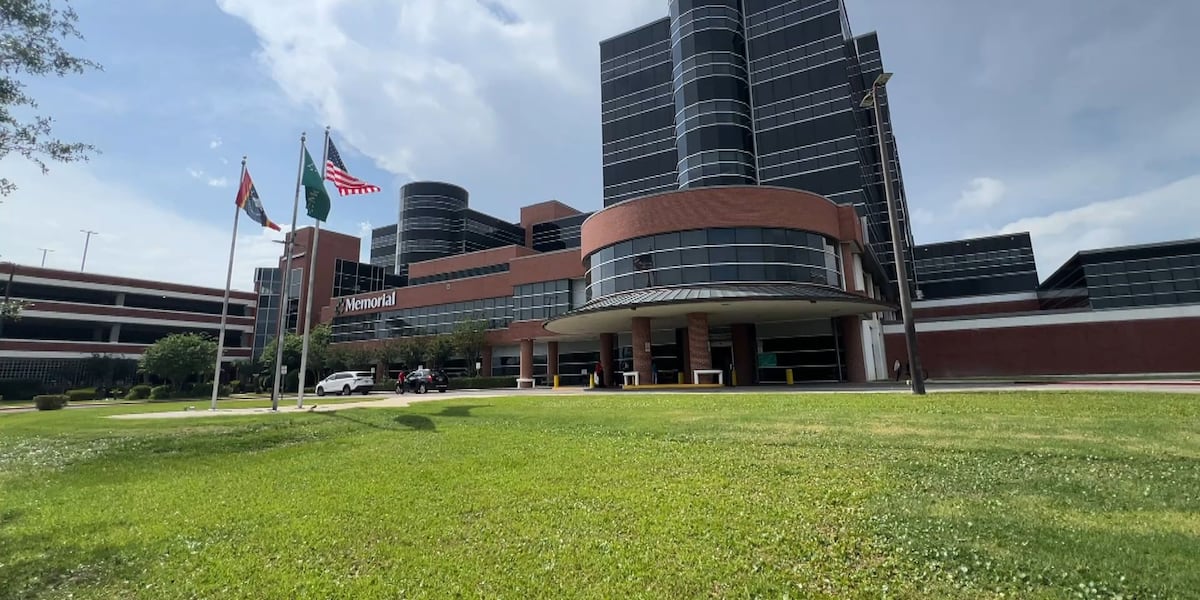Rural Healthcare's Crossroads: Virtual Care or Extinction? Sanford CEO Sounds the Alarm

The Future of Rural Healthcare Hinges on Virtual Solutions
The challenges facing rural healthcare systems in the United States are becoming increasingly dire. Limited resources, dwindling populations, and a shortage of healthcare professionals are creating a perfect storm. Jeffrey Bowie, CEO of Sanford Health, recently highlighted a stark reality: rural communities must embrace virtual care solutions or risk losing access to essential medical services altogether. His warning underscores a critical turning point for healthcare delivery in underserved areas.
This isn't just a theoretical concern. Recent events at SSM Health's St. Anthony Hospital, where a cybersecurity incident involving malware was reported, underscore the vulnerability of even established healthcare providers. While SSM Health confirmed that patient data was not accessed during the attempted breach, the incident served as a stark reminder of the escalating cybersecurity threats facing the industry and the potential impact on patient care.
The Rise of Virtual Care: A Lifeline for Rural Communities
Virtual care, encompassing telehealth, remote patient monitoring, and digital health tools, offers a powerful solution to these challenges. By leveraging technology, rural hospitals and clinics can extend their reach, connect patients with specialists who might otherwise be inaccessible, and improve overall care coordination. Imagine a rural patient being able to consult with a cardiologist hundreds of miles away, or a diabetic receiving personalized guidance from a nurse practitioner through a remote monitoring program. These scenarios are becoming increasingly common thanks to the advancements in virtual care.
Sanford Health's Commitment to Innovation
Sanford Health, with its extensive network of facilities across multiple states, is actively investing in virtual care initiatives. Bowie's advocacy reflects a broader recognition within the organization that virtual care is not just a trend, but a necessity for the long-term sustainability of rural healthcare. Their efforts include expanding telehealth services, implementing remote patient monitoring programs, and training healthcare providers on the effective use of digital health tools.
Beyond Technology: Addressing the Broader Challenges
While virtual care holds immense promise, it's not a silver bullet. Addressing the root causes of rural healthcare challenges requires a multifaceted approach. This includes:
- Investing in broadband infrastructure: Reliable internet access is essential for virtual care to function effectively.
- Recruiting and retaining healthcare professionals: Incentives and support programs are needed to attract clinicians to rural areas.
- Expanding medical education and training: Preparing healthcare professionals to deliver care in virtual settings.
- Addressing the social determinants of health: Factors like poverty, transportation, and food insecurity can significantly impact health outcomes.
Looking Ahead: A Sustainable Future for Rural Healthcare
The future of rural healthcare depends on a willingness to embrace innovation, collaborate across sectors, and prioritize the needs of underserved communities. Bowie's warning is a call to action: we must act now to ensure that rural Americans have access to the quality healthcare they deserve. The transition to a more virtual-centric model will require significant investment and adaptation, but the alternative—a decline in rural healthcare services—is simply unacceptable.






